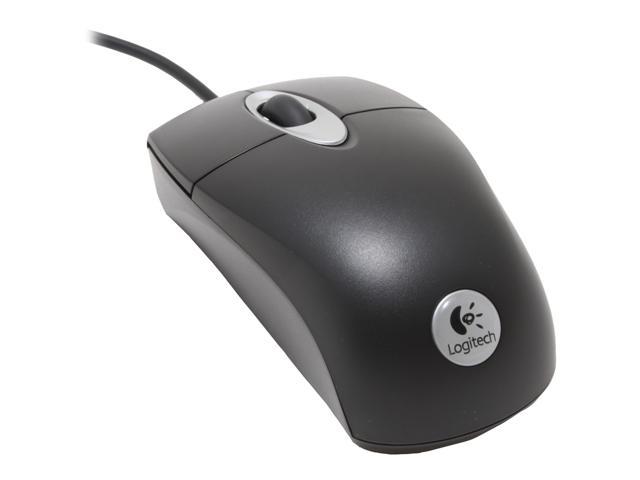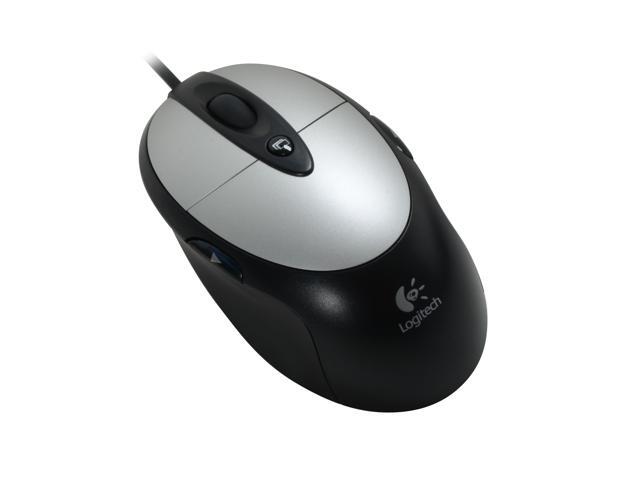Logitech Optical Mouse Ps 2 Driver
Why do i see many drivers? Below is a list of drivers that may be suitable for your device. With the different devices, they can have the same driver, it's because they all use the same chip manufacturer.
Mice are not compatible with DOS unless a special driver is used. If the mouse is a PS/2 mouse (identified by a round connector on the end of the cable), make sure the mouse is connected to the mouse port, not the keyboard port. The colors of the cable plugs and the colors of the connector labels should match.

Logitech Usb Optical Mouse Driver
How to select driver? If you are looking for an update, pickup the latest one. If your driver isn't working, use the driver having the same OEM with the your laptop/desktop brand name.
This is driving me nuts!! ASUS M5A88-V EVO mobo Windows 7 64-bit To conserve USB ports and also for backup, I want to connect a standard no frills roller ball mouse to my PS/2 combo port. I did have this working before. But now, device manager does not see any PS/2 devices and shows no drivers for PS/2 devices. Device manager does not see either a PS/2 mouse OR a PS/2 keyboard when either is connected to my PS/2 combo port.
What happened to my PS/2 driver and how can I manually install a gut-bucket no-frills standard PS/2 driver??? This shouldn't be rocket science, but I'm stumped!! Hi Dennise, First, what is the Model and Manufacturer of your mouse? You should go to the Manufacturer's site and download the driver for your device.
But since this is a PS/2, I think this is a plug and play device. If so, much better to remove hidden devices first. Note: Make sure Device Manager is closed, unplug the roller ball mouse and look for a spare for the meantime. Click Start Button, right click Computer - On popup menu, select Properties - On the left side pane, click Advanced System Settings - Select Advanced tab, then click Environment Variables - On popup window, click the 'New' button under System Variable - On popup box, type Variable Name: devmgrshownonpresentdevices Variable value: 1 - Click OK button.
You will return to Environment Variables window, click OK. You will return to System Properties window, click OK. Open Device Manager - Click View Menu - Show Hidden Devices - Expand 'Mice and other pointing devices' and 'Human Interface Devices' category - Right click the Greyed devices, on pop-up menu, select Uninstall - Reboot PC. If you want to use a USB Mouse but you do not have a spare USB Port, you could likely buy a Multiple USB Hub which is very cheap nowadays. It will allow you to connect multiple USB Devices. My build includes a Logitech wireless mouse and keyboard that together use just one USB port.
What I'm after is a backup corded mouse and keyboard. The Logitech wireless mouse & keyboard work flawlessly, and the wired keyboard (effectively in parallel) works OK as well. It's the wired mouse that wouldn't identify in my W7 64-bit build.

Ps 2 Philippines
Device Manager identified two keyboard drivers (wired and wireless), but just one mouse driver (wireless). Here is how I finally got W7 to install the 2nd driver for my PS/2 wired mouse. The PS/2 mouse drivers are included in my W7 64-bit OS!!
These simple steps are what I did to recover my PS/2 wired mouse. Shut down PC normally. Disconnected my Logitech wireless KB and Mouse from it's (single) USB port. Connected my wired mouse to the mobo's PS/2 connector. Start PC normally.
W7's OS sees the wired PS/2 mouse connected and installs the driver for it!! Reconnect the USB Logitech wireless keyboard & mouse. I now have 2 mice and 2 keyboards (effectively in parallel) using one USB port and the single PS/2 port which is just what I wanted. I suspected the PS/2 mouse driver was included with the W7 install, but because of the strange and arcane file names MSoft uses, I could never find them for a manual driver install. And ironically, - when I directed it to 'add device' - W7 couldn't find the connected PS/2 mouse, but did find it and install it's driver on start up when the PS/2 mouse was the only connected mouse on the PC.